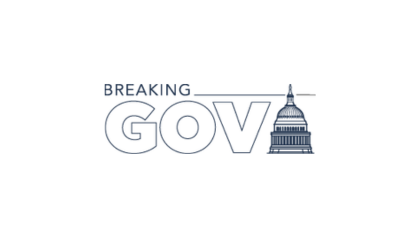 GSA Acting Administrator Dan Tangherlini announced this afternoon that the General Services Administration is instituting a hiring freeze and cutting senior executive performance awards this year by 85%.
GSA Acting Administrator Dan Tangherlini announced this afternoon that the General Services Administration is instituting a hiring freeze and cutting senior executive performance awards this year by 85%.
The announcement reflected what Tangherlini described in a blog post as a comprehensive, top to bottom review of all agency operations, following the disclosure of abusive travel spending patterns that led to the resignation of former GSA Administrator Martha Johnson and the departure of several GSA executives. Keep reading →
 Legislation intended to deter members of Congress from profiting from stock trades based on inside information is inadvertently forcing 28,000 federal employees to expose their personal financial information on the Internet.
Legislation intended to deter members of Congress from profiting from stock trades based on inside information is inadvertently forcing 28,000 federal employees to expose their personal financial information on the Internet. The past three weeks worth of
The past three weeks worth of  When it comes to carrying out the work of the federal government, few initiatives have held greater promise or importance than the Senior Executive Service.
When it comes to carrying out the work of the federal government, few initiatives have held greater promise or importance than the Senior Executive Service.
 When a government senior executive once showed up for a new job, he had to ask where his office was. “There was a name tag on my door but the office had an antiquated computer and no Blackberry,” the executive said. Not exactly a propitious start.
When a government senior executive once showed up for a new job, he had to ask where his office was. “There was a name tag on my door but the office had an antiquated computer and no Blackberry,” the executive said. Not exactly a propitious start.